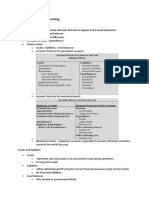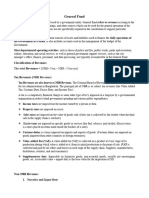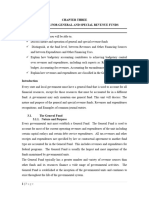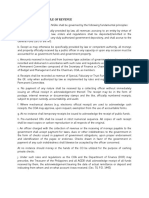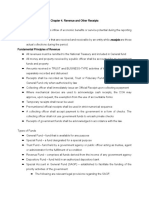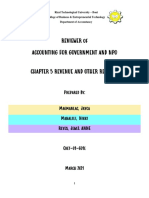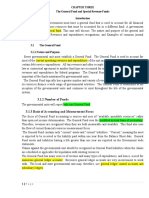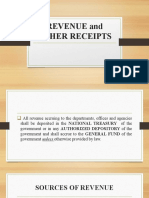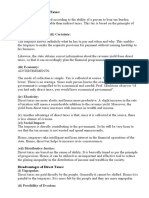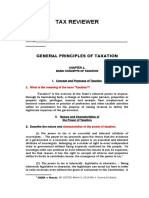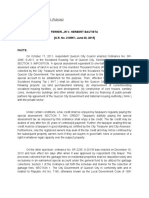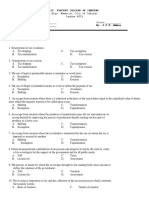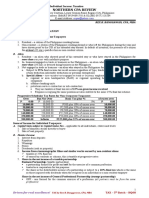0% found this document useful (0 votes)
58 views74 pagesGovernmental Fund Revenue Accounting
This document discusses revenue accounting for governmental funds. It defines revenues and different types of transactions that generate revenues, including nonexchange transactions. It covers the modified accrual revenue recognition criteria and accounting for various revenue sources like taxes, licenses and permits, and intergovernmental revenues. The document also provides examples of journal entries to record revenues from taxes, licenses, and other sources.
Uploaded by
newonemadeCopyright
© © All Rights Reserved
We take content rights seriously. If you suspect this is your content, claim it here.
Available Formats
Download as PDF, TXT or read online on Scribd
0% found this document useful (0 votes)
58 views74 pagesGovernmental Fund Revenue Accounting
This document discusses revenue accounting for governmental funds. It defines revenues and different types of transactions that generate revenues, including nonexchange transactions. It covers the modified accrual revenue recognition criteria and accounting for various revenue sources like taxes, licenses and permits, and intergovernmental revenues. The document also provides examples of journal entries to record revenues from taxes, licenses, and other sources.
Uploaded by
newonemadeCopyright
© © All Rights Reserved
We take content rights seriously. If you suspect this is your content, claim it here.
Available Formats
Download as PDF, TXT or read online on Scribd
/ 74












